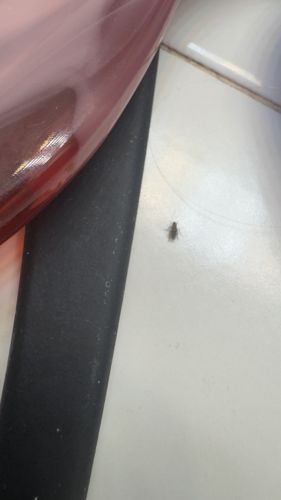Fruit fly
Scientific Name: Drosophila melanogaster
Order & Family: Diptera (true flies), Drosophilidae (vinegar flies)
Size: Typically 2-4 mm (0.08-0.16 inches) in length.

Natural Habitat
Commonly found in kitchens, restaurants, and other areas where ripe or fermenting fruits and vegetables, as well as sugary liquids, are present. Also found outdoors near decaying organic matter.
Diet & Feeding
Feeds on yeast found in rotting or fermenting fruits and vegetables, as well as sugary substances, fruit juices, and alcoholic beverages.
Behavior Patterns
Highly attracted to fermenting produce and sugary liquids. Females lay eggs on the surface of fermenting matter. Short life cycle (about 1-2 weeks), leading to rapid population growth under ideal conditions. Exhibit a characteristic 'scuttling' flight pattern.
Risks & Benefits
Potential risks include being a nuisance pest, contaminating food with eggs and larvae, and potentially transmitting bacteria from contaminated surfaces to food. Generally not considered a significant health risk to humans. Benefits include their widespread use in genetic research due to their short generation time and easily observable traits.
Identified on: 11/7/2025